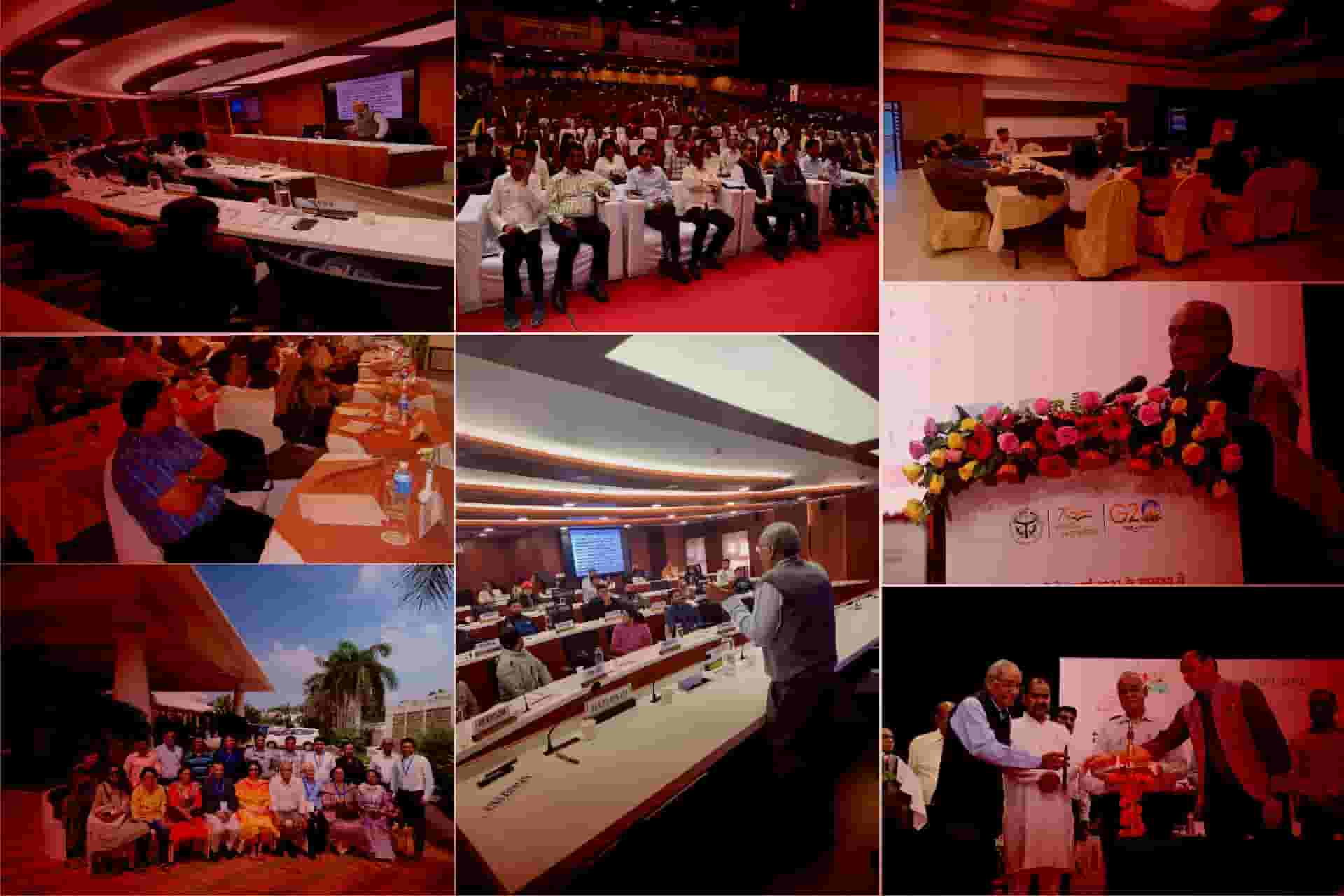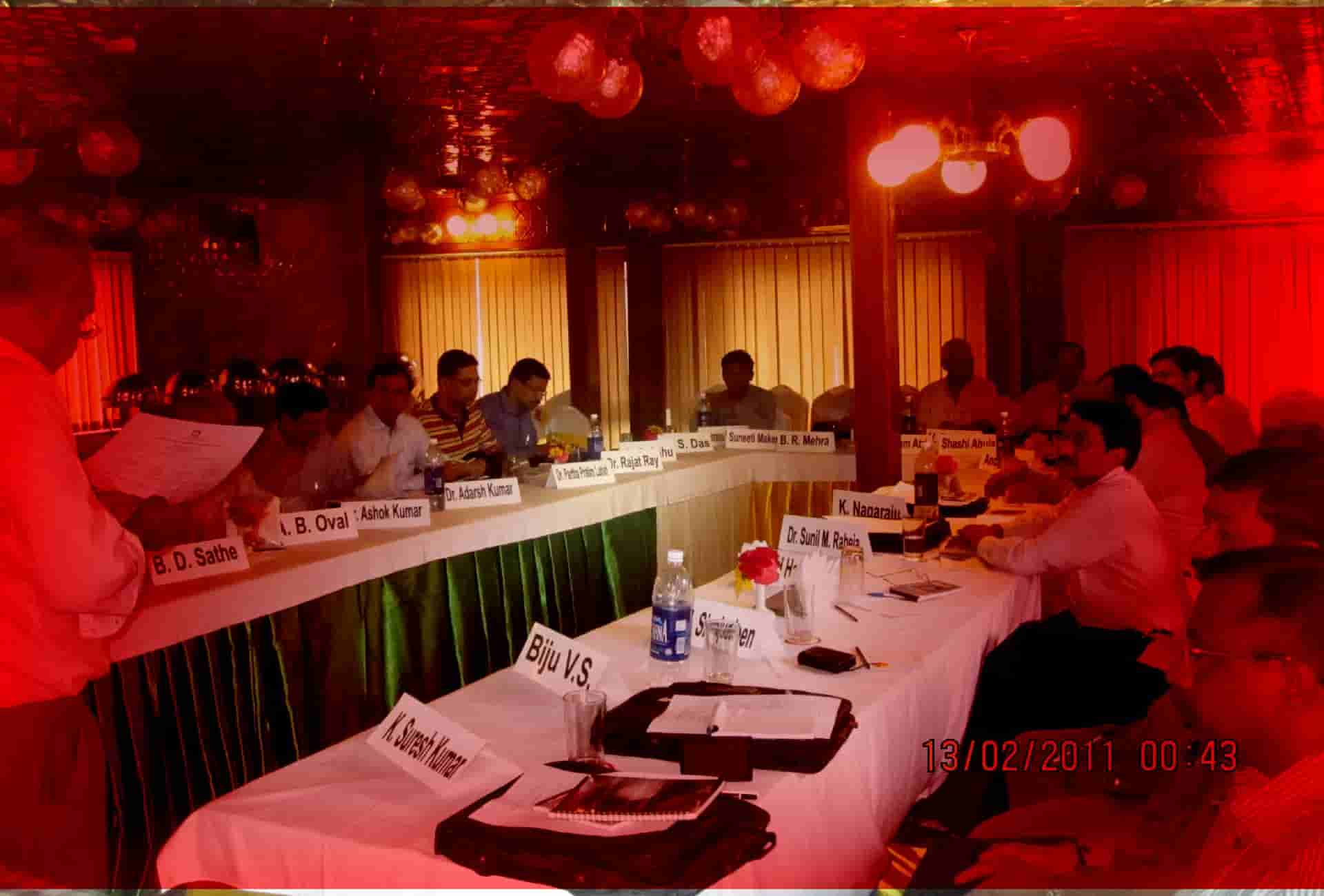
Benefits of Lean Manufacturing Process
- Improved Efficiency: By reducing waste and optimizing processes, lean manufacturing helps companies operate more efficiently, leading to higher productivity and lower costs.
- Reduced Lead Times: Streamlining processes and minimizing delays enable faster production cycles, reducing the time it takes to bring products to market.
- Increased Quality: Lean principles focus on identifying and eliminating defects early in the production process, leading to higher quality products and fewer defects reaching customers.
- Cost Savings: By eliminating waste and improving efficiency, lean manufacturing helps reduce costs associated with excess inventory, overproduction, defects, and unnecessary processes.
- Enhanced Flexibility: Lean manufacturing promotes flexibility and agility in responding to changes in customer demand, market conditions, and production requirements.
- Improved Customer Satisfaction: Higher quality products, shorter lead times, and greater responsiveness to customer needs lead to increased customer satisfaction and loyalty.
- Empowered Employees: Lean principles emphasize employee involvement and empowerment, leading to higher levels of engagement, motivation, and creativity within the organization.
- Sustainable Practices: By reducing waste and optimizing resource use, lean manufacturing contributes to sustainability efforts by conserving resources, reducing energy consumption, and minimizing environmental impact.
Identify and Create Customer Value:
One of the main principles of the lean manufacturing methodology is to create customer value through the efficient manufacturing of products and services. The first step in the lean manufacturing process is to identify what product features are important for customers and which aren’t so you can focus on what’s important. Once the customer defines what’s valuable, you can create a product that only has what’s necessary and remove the unnecessary work and components associated with it.
- Value Stream Mapping: The value stream of a lean manufacturing system can be simply defined as the set of actions or steps that add value to customers during the manufacturing process from beginning to end. A value stream map allows managers to visualize each step in the production process to identify waste and opportunities for improvement to make the process more efficient and better serve customers.
- Create Flow: One of the goals of lean manufacturing is process improvement. A manufacturing process can be improved by diagnosing wastes or inefficiencies such as a poorly planned manufacturing facility layout. By fixing functional barriers such as those, you can improve the flow of the value stream.
- Pull System: The pull system consists of starting new work only when there’s customer demand for it. This eliminates unnecessary steps in the production process such as transporting materials, overproducing products and storing excess inventory, which are considered waste.
- Continuous Improvement: It’s a business practice that consists of making small, incremental changes over time to a process. In lean manufacturing, kaizen allows businesses to permanently identify problems and develop solutions to maximize customer value and eliminate waste.
It’s through these principles that the lean manufacturing system helps businesses improve their production process by eliminating waste. It simplifies operational structure to understand, perform and manage the work environment. To do all of this simultaneously, Toyota applies a mentoring methodology called Senpai and Kohai, which translates to senior and junior. This fosters lean thinking throughout an organizational structure from the ground up.
Types of Waste in the Lean Manufacturing Process
Waste isn’t a simple concept in lean management. If approached simply, then the reduction will be limited. For lean project management to be most effective, all types of waste must be identified and eliminated.
First, let’s look at the seven lean manufacturing waste types developed by Taiichi Ohno, chief engineer at Toyota, for the Toyota production system (TPS).
- Unnecessary transportation: Unnecessary transportation of employees, tools, materials or equipment is a waste that must be eliminated by optimizing factory layouts.
- Excess inventory: Having excess inventory can lead to several problems like not identifying defective products in time or increased lead time in the production process, among others.
- Unnecessary motion of people, equipment or machinery: This waste is eliminated by applying scientific management techniques to optimize the motion that people, equipment or machinery do during the production process.
- Waiting (Idle workers or idle equipment): This waste type occurs when employees can’t work because they’re waiting on materials or equipment, or in the opposite case, there can be idle equipment waiting on maintenance.
- Overproduction: Overproduction leads to excess inventory and other issues in the manufacturing process. That’s why lean manufacturing implements the just-in-time production method which consists of only producing what’s demanded by customers.
- Over-processing: This waste consists of adding components or features to a product that aren’t required by the customer, making them unnecessary.
- Defects: Having defective products it’s a waste that must be reduced as much as possible. They can affect customer satisfaction and increase costs.
In addition to these waste types, lean manufacturing experts have proposed an eighth waste type called “unused talent or ingenuity,” which occurs when workers’ opinions aren’t taken into account when identifying waste types and improving manufacturing processes. Their feedback is important because they get to experience issues every day and their thoughts can be helpful in the value stream mapping process.
To simplify things and make it easier to understand for your team members, these waste types can be grouped into three broader categories.
- Mura: Unevenness, or waste due to fluctuations in demand. This can come from customer requests, but it can also be due to an organization adding new services and thus additional work.
- Muri: Overburden, or waste due to trying to do too much at once. This has to do with resource allocation. When too few people try to do too much work, they often waste time switching from one task to another.
- Muda: Non-value-adding work, or process waste. This waste comes as a byproduct of something else. Think about three things: value, work that adds immediate value for a customer; necessary waste, which is supporting activities that add value; and unnecessary waste, activities that don’t add value. Therefore, lean maximizes value, minimizes necessary waste and removes unnecessary waste altogether.
Lean Manufacturing Techniques
To apply lean principles to eliminate waste from your manufacturing process, you’ll need to use a set of lean manufacturing tools and techniques. Some of those lean management tools include:
- Kanban Boards: Kanban is a project management method that’s used to visualize workflows. Kanban is helpful for lean manufacturing because kanban boards allow managers to assign tasks to their teams and track their progress. This helps prevent idle workers and prioritizes the work that creates the most value for customers.
- Gemba: In lean manufacturing, the Japanese term “Gemba” refers to the act of walking down the production line to better identify waste as opposed to having managers theorize about these things from a conference room.
- Andon: Andon is an alert system that’s implemented in manufacturing facilities to allow machine operators to alert everyone in the plant that there’s an issue with production that needs to be resolved. This could include a material shortage, machinery malfunction or a quality issue.
- Poka-Yoke: Poka-yoke means error-proofing in Japanese. In lean manufacturing, poka-yoke consists of using a device or mechanism that helps avoid human mistakes in the production cycle. For example, some button-activated machines require the operator to turn a key before they press the button to turn them on. This can be considered a poka-yoke mechanism because it helps operators avoid the mistake of turning the machine on unknowingly.
- Hoshin Kanri: Hoshin Kanri is a top-down strategic planning approach that starts when executives define long-term goals for an organization. This is then followed by a process of communicating this to all company layers so that all employees are aware of the objectives that must be achieved and how their efforts support the larger goals of the company.
How to Implement a Lean Manufacturing System
Now that we’ve reviewed the principles, wastes, tools and techniques of lean manufacturing, let’s go through some of the steps you might take to apply this methodology.
- Map the value stream: As stated above, the main step when implementing a lean manufacturing system is to understand what the value stream of a manufacturing process looks like.
- Establish a pull system: When transitioning to lean manufacturing, you should stop producing products if that production isn’t directly tied to customer demand. This eliminates overproduction and excess inventory waste.
- Identify waste in your manufacturing facility: Walk through your manufacturing facility to identify unnecessary transportation of materials, people, equipment and machinery. Then, rearrange your production layout based on your findings.
- Apply the 5S: Now it’s time to establish procedures to keep the manufacturing facility clean and organized.
- Implement Andon and Poka-Yoke mechanisms: Make sure your manufacturing facility has mechanisms to help operators alert their supervisors when an issue occurs and also establish devices to help them avoid mistakes and spot quality issues. These two actions will help you reduce defective products.
- Provide total productive maintenance training: Train your employees to be aware of signs that machinery might need maintenance to prevent breakdown and idle time.
Lean Manufacturing Benefits
Reducing or eliminating waste is essential to lean project management, but the benefits of lean manufacturing can be different depending on who is asked. Some say it’s increasing company profit while others maintain its improvements are solely to create customer value and increase customer satisfaction. Some common goals follow.
- Improve quality: To stay competitive, companies can’t be complacent but must meet customers’ changing wants and needs. Therefore, processes must be designed to meet their expectations and requirements. Adopting total quality management can make quality improvement a priority.
- Inventory management: Thanks to the just-in-time production method, lean manufacturing reduces excess inventory, which reduces costs and prevents production issues.
- Process improvement: Lean production systems are always being improved, thanks to the “continuous improvement” lean principle. Value stream mapping it’s essential for this.
- Eliminate waste: Waste is bad for costs, deadlines and resources. It takes without adding any value to a product or service. By eliminating waste, a lean manufacturing system can produce better products, at lower costs.
- Reduce time: Time is money, as the adage goes, and wasting time is therefore wasting money. This is especially true for the manufacturing industry. Reducing the time it takes to start and finish a project will create value by adding efficiencies. Learn and apply some time management strategies.
- Reduce total costs: Money is saved when a company isn’t wasting time, materials and personnel on unnecessary activities. Overproduction also adds to storage and warehousing costs. Understanding the triple constraint is the first step to understanding cost management.
Lean manufacturing addresses one of the worst things that can happen to any enterprise: waste. To not take full advantage of all of your resources is to lose efficiencies and, in so doing, stunt production and fail to offer value to your customers.
The manufacturing industry is, of course, rife with waste. Whether it’s idle workers, inefficient production lines or unused materials that can’t be recycled or repurposed, the results are the same: a drag on productivity. This insistence on eliminating waste and improving the manufacturing process to maximize the value offered to customers is where the idea of the lean manufacturing system developed.
Lean manufacturing is a production system that focuses on reducing waste, creating customer value and seeking continuous process improvement. This is achieved by applying lean principles, techniques and tools to eliminate waste from a manufacturing cycle. The lean manufacturing process was first implemented in the Toyota production system (TPS) which revolutionized the company’s manufacturing process and then expanded all over the world.




























